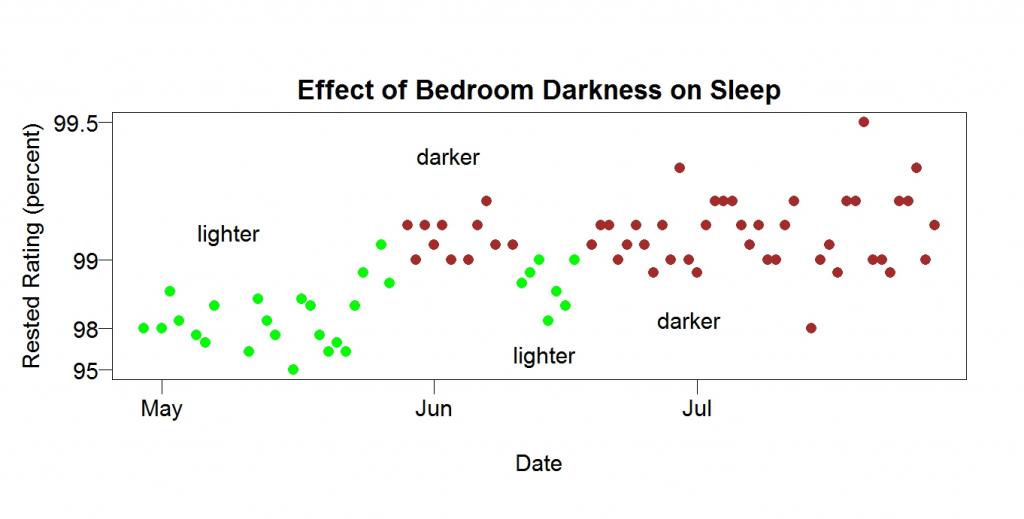Mo Ibrahim, a friend of mine, teaches high school in New York with hard-to-teach students. He and I want to find out if my ideas about teaching can help him. His blog posts here are the story of that.
I moved to New York in the summer of 2004 to start the Teaching Fellows summer training program at City College of New York. My wife and kids stayed in Chicago until I could find an apartment.
I found an apartment through a Teaching Fellows message board. It was in a nice section of The Bronx, but I only had three months before I had to find another apartment. I spent the first two months taking Master’s degree classes at City College and studying for two teacher certification exams — a general exam that all aspiring teachers took and a specialized one for students who majored in special education. There was a lot of pressure to pass the exams, because if you failed you would be expelled from the program.
By the end of the summer, I had passed both exams, gotten a provisional certification to teach, and gotten a job teaching at a high school near Columbus Circle that served underprivileged students. Most of the students were poor and performed far below grade level in reading and math. But I didn’t have a place to live anymore, because my lease was up and the landlord refused to renew it. I applied for a number of apartments all over New York City, but all of my applications were denied. Once I called to make an appointment to visit an apartment and the owner asked me to come over immediately, but when he saw me he said the apartment was no longer available. On another occasion, I was told that the apartment was no longer available after I faxed over a copy of my driver’s license. I assumed all this was because I was black but an elderly Jewish lady said it was due to my Islamic name. So I moved into a hostel in the East Village. By September, I was teaching full time during the day and taking classes at City College at night. Due to the hostel’s two-week limit, I moved to a different hostel in Manhattan every two weeks.
A couple of things struck me when I starting teaching. One was the New York slang. I found myself frequently asking students to translate words and phrases they used. For example, “Yo, it’s mad brick in this class!” meant “It’s very cold in this class!” I was also struck by their apathy. Most of the students appeared to care little about completing class assignments, turning in homework, and studying for quizzes and exams. I would say, “Why didn’t you do your homework?” They would respond, “What’s the big deal? It’s just homework.” Their measure of success was “Did I pass?” Not all of them were like this, but most of them were.
The first subject I was assigned to teach was 11th and 12th grade math — the two grades were mixed in one class. I had diligently reviewed my high school and college math over the summer, so I was confident I knew the subject. I was assigned to co-teach this class with a veteran teacher. By then he’d been teaching at least fourteen years.
I had gone to a professional development workshop for co-teachers. It had taught seven different co-teaching methods. For example, one was “you teach one day, I teach the next day” or “you teach the first half, I teach the second half”. Different ways of sharing the teaching. In fact, not only did I not teach a single lesson, but I was relegated to the back of the classroom. My co-teacher was really nice otherwise, but he would not let me teach the class. I don’t really know why. When the students were allotted time to work on math problems I would rush to the special education students (students with a learning disability or who were emotionally disturbed, e.g., anger management problems) to give them one-on-one help, but they were usually resistant. They stared at me blankly, or asked off-topic questions like, “Did you see the Yankees game last night?”
Occasionally, students, including non-special education students, would ask me for help. But often in the middle of my explanation the whole-class discussion would resume, and I would have to stop teaching, because my co-teacher asked me not to talk to students while he was teaching. That was my role during my first semester of teaching. I wasn’t despondent, though, because I considered it a blessing in disguise. Since my co-teacher kept me from teaching, I didn’t have to prepare any lessons. He didn’t even allow me to grade any papers, which was a good thing since I was in night school and still living in hostels.
Things changed drastically after the first semester. A veteran English teacher took an emergency leave of absence and I was given her English classes. My math co-teacher asked that all the poor performing special education students be given their own class to be taught by me. A young and friendly English teacher lent me her English curriculum and I developed a modified math curriculum based on the class where I sat in the back. And I was finally able to leave the hostels. I moved into a shared apartment in Brownsville, Brooklyn, the neighborhood where Mike Tyson grew up. It took an hour and twenty minutes on the subway to get to work. During my first commute to work, I overheard someone say: “Did you know Brownsville’s the worst neighborhood in New York?” I hadn’t known that.
